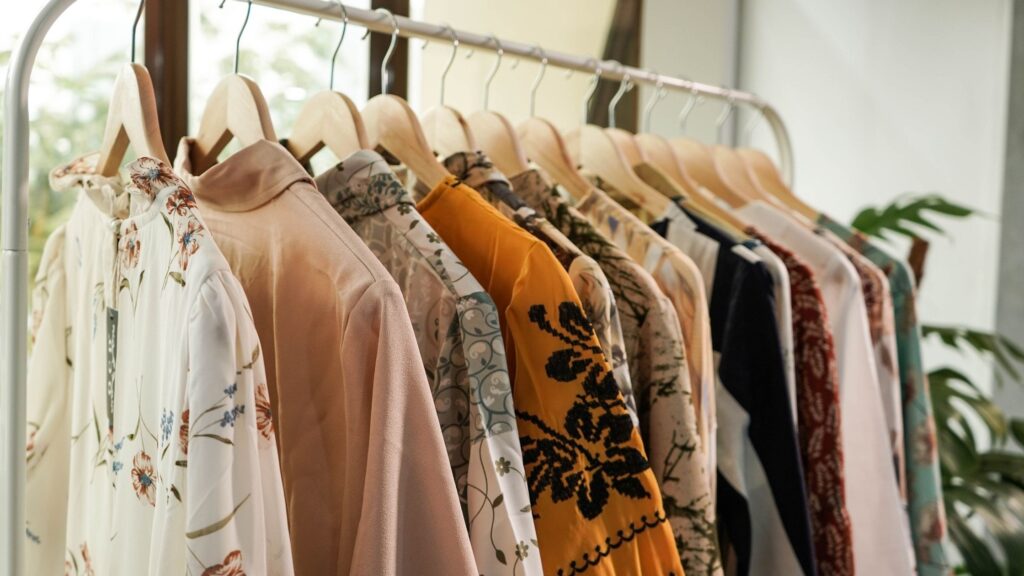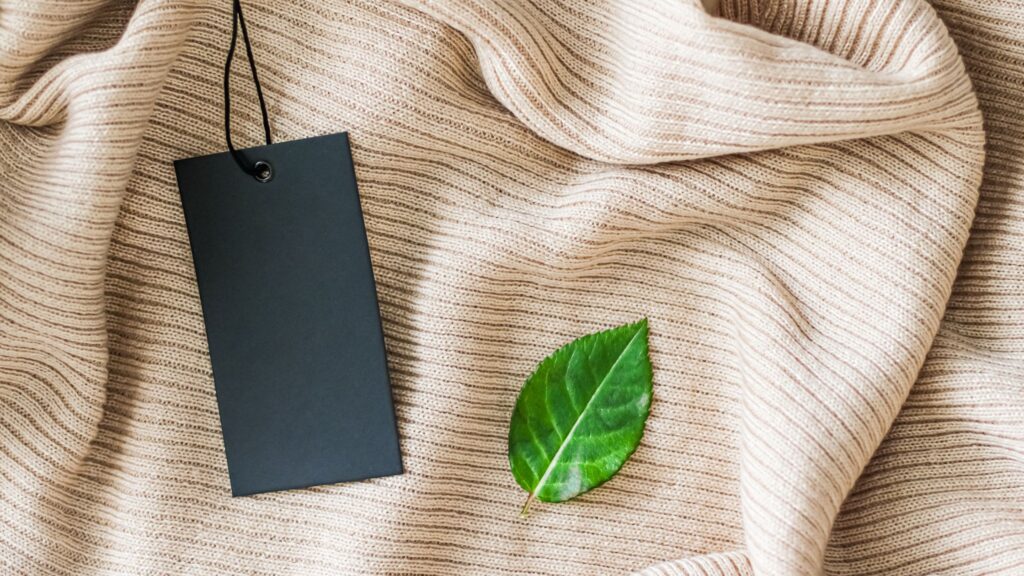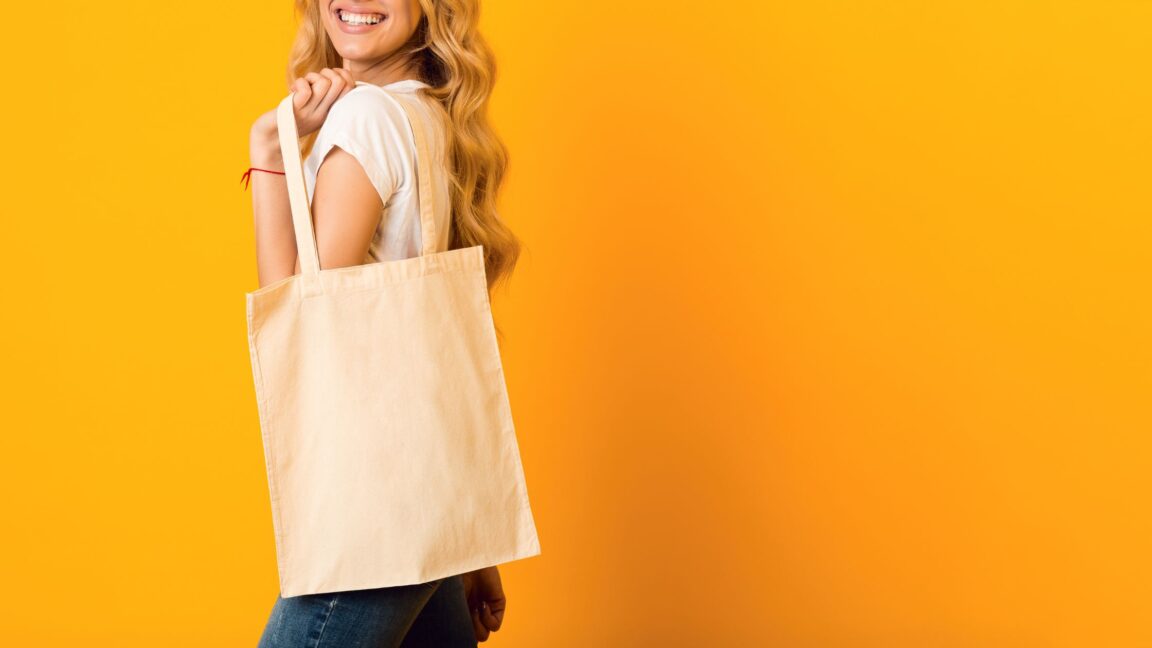From casual wear to formal and ethics, the fashion industry has come up with many wardrobe options for all. Indeed fashion is a fascinating topic we all want to discuss, but in today’s time and date, sustainable fashion is becoming the hot topic in the industry!
What is the environmental impact of the clothes we put on daily? Are these clothes any good for the environment around us? How have these clothes been processed? Is sustainable fashion really a thing?
There are a plethora of questions we ask ourselves now. Somewhere between finding the best-suiting fabric, material, origin, and colors while picking fashion accessories, we are now more concerned about Sustainability! So PenLoom decided to bring this piece of article to explore more about sustainable fashion and its future.
Sustainable Fashion Statistics: At a Glance
- Sustainable fashion sphere is presently at $6.5 Billion worth and is expected to grow to $10.1 Billion by 2025.
- The eco-friendly apparel section will expand by $1,574.2 million in global annual sales by 2025.
- Products marketed as sustainable are envisioned to expand 5.6 times faster than those that aren’t.
- The sustainable textile industry could create 18 million additional jobs globally by 2030.
- 73% of Millennials say they are inclined to spend more for sustainable brands. In fact, they are now normalizing rewearing of outfits to support sustainable fashion and sustainable world.
Sustainable Fashion World: Glossary
Fashion has the power to evoke imagination, aspiration, creativity, and inspire—enabling livelihood for the masses! From shaping identities and personalities to connecting us culturally as well as socially; fashion has become an important part of the human world.
At the same time, fashion elements have an alarming impact on the environment with their communication, production, sales, and disposal. It is somehow implicated in the climate crisis! Thus we are grappling to deal with this snag and looking forward to the fashion industry that values our planet and communities. That is why terms like sustainability and eco-friendliness are stepping into the fashion world. Here’s the glossary of all countless terms in the sustainable fashion sphere.
What is Sustainability?
Sustainability refers to the process that strives to avoid the depletion of natural resources to maintain ecological balance in the environment. Put simply, it is an action to sustain the world for now and tomorrow—Using natural resources for all human activities and pursuits so Mother Earth can absorb the resources completely.

What is Sustainable Fashion?
Sustainability in terms of fashion is directly linked to producing apparel and accessories that reduce the harmful impact on the environment and consider the workforce who have worked on those fashion elements. In simple words, sustainable fashion is something that is made ethically and eco-friendly.
Sustainable fashion brought on the concept of Sustainable Development-that meets the needs of our present without jeopardizing the ability of future generations to fulfill their own needs.
When campaigners and environmental activists use terms like ethical, green, and eco- friendly fashion, they advocate for a sustainable fashion industry. An industry that handles the environmental impacts within planetary frontiers to ensure the well-being of the entire ecosystem throughout the supply chain. Below are some examples of sustainable fashion;
What is Ethical Fashion?
Ethical fashion is generally used in place of sustainable fashion; it focuses more on what is “morally right” and the social influence of fashion on the world. Besides the local labor laws, Ethical fashion generally covers; living wages, production, working conditions, fair trade practices, animal welfare, and vegan fashion. Fashion brands use this very moralistic stance, “Ethical fashion,” to ensure cruelty-free manufacturing (no human beings or animals are hurt).
What is Circular Fashion?
Circular fashion is more like a tendril of the “circular economy” that advocates all related materials and products in the fashion community to be used and circulated among individuals in an environmentally safe, efficaciously, and appropriately as far as possible. This sustainable approach basically encloses eco-friendly practices like recycling, upcycling, and thrifting.
Slow Fashion
In a few words;
Buy good but less, choose wisely, and make them stay longer!
It confines understanding the fashion practices that reckon the processes and resources required to make clothing. Also, it endorses purchasing better-quality apparel that will last longer and values fair treatment of individuals, animals, and the earth en route.
If truth be told, the terms; circular, sustainable, ethical, or slow fashion are the sister movements, supporting the same general guidelines.
Sustainable Fashion is “The Next Normal”
Fashion brands now understand the flipside of fast fashion and are moving towards sustainability across the globe. Chiefly perceived for setting up new and better trends, the fashion industry is now in the throes of the most important movement: sustainability.
Everyone in the fashion panorama is waking up to the truth that most fashion savvies now want more eco-friendly products. And why not? They are now aware of living in a sustainable fashion world! And below are the benefits of a sustainable world;
A safer living with no harmful impact on the environment
Sustainable fashion helps to reduce the impact the environment usually witnesses due to the fashion industry. Taking the place of fast fashion, slow fashion is now helping the ecosystem and taking a leap towards sustainability.
Sustainable fashion now emphasizes using natural, organic, and recycled materials in manufacturing and producing fashion elements. Eco-friendly practices in the apparel industry, like; low-impact dyeing and recycling, are helping reduce pollution, conserve
resources, and protect wildlife.
Fair labor practices in manufacturing
Sustainable fashion promotes fair labor practices! Where most fashion brands lean on Fast Fashion, making their labor work more in poor conditions and still pay less- sustainable fashion brands are using fair trade practices and paying their workers a better living wage. This eventually improves workers’ lives in the fashion industry and promotes economic development in developing countries.
Encouraging Consumers to go with sustainability
Sustainable fashion benefits the buyers since it is good for the earth and their well-being and upcoming generations. As sustainable clothing often lasts longer and looks luxurious (made with high-quality materials), buyers are now more inclined toward sustainable apparel.
Of course, who would like to spend less on clothes that eventually wear out quickly? The buyers are getting smarter and more concerned, and thus they are now investing in high-quality, long-lasting fashion elements that stay for years.

The need for sustainable fashion is real!
Reducing carbon footprints, encouraging fair labor practices, and vegan fashion trends—Sustainable fashion opens the door for many environment-friendly practices. Seemingly, sustainable fashion is becoming more accessible and trendier among the masses, and it won’t be wrong to say that it is the fashion industry’s future. If you want to give a second life to your clothes, it’s time to be a part of a sustainable fashion campaign.




GIPHY App Key not set. Please check settings